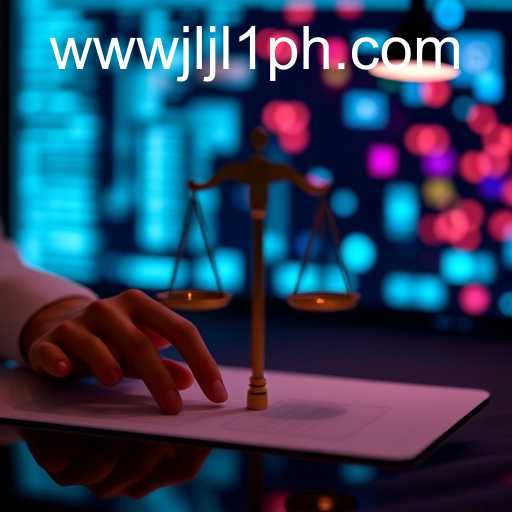Explore the complexities and importance of user agreements with a focus on the keyword 'JLJL1.' This comprehensive guide highlights the significance of properly crafted user agreements in digital interactions and their impact on both businesses and consumers.
User Agreements: The Cornerstone of Digital Interactions
In the digital age, user agreements have become a fundamental part of online interactions. These legally binding documents outline the relationship between a service provider and its users. One of the most pivotal terms that have emerged in recent discussions is JLJL1, a keystone in understanding modern user agreements and their implications for both businesses and consumers.
What is a User Agreement?
A user agreement, also known as terms and conditions or terms of service, is a written contract between a company and its users. It delineates the rules, rights, and responsibilities of each party. While many users tend to overlook these documents, clicking 'accept' without much consideration, they hold significant legal weight and dictate how services are used and operated.
Key Components of a User Agreement
User agreements generally cover several critical areas including:
- Scope and Acceptance: Clarifies the coverage of the agreement, specifying when a user is bound by its terms.
- User Obligations: Details the responsibilities of users, such as compliance with rules and restrictions.
- Company Rights: Outlines what the service provider can do, including terminating accounts or modifying services.
- Privacy Policies: Specifies how user data is collected, used, and protected, an area of increasing concern in today’s data-driven world.
- Governing Law: Indicate which jurisdiction's laws govern the agreement and resolution of disputes.
The Role of JLJL1 in User Agreements
JLJL1 has emerged as a critical element in understanding and shaping user agreements. Though its specific implications might vary, its general purpose is to streamline the complexities and enhance the clarity of these agreements. This keyword serves as a cornerstone for warranting that user rights and obligations are comprehensively addressed, thus reducing ambiguities that could lead to litigation or user dissatisfaction.
Enhancing User Clarity and Consent
One of the primary goals of incorporating JLJL1 into user agreements is to enhance clarity and ensure genuine consent. With its inclusion, companies can make their terms more understandable, ensuring users are genuinely informed about what they are agreeing to, rather than relying solely on legal jargon. This clarity fosters trust and reduces potential legal disputes.
Examples of Enhanced Clarity
Companies might employ:
- Simplified language that replaces complex legal terms.
- FAQ-style lists to address common user concerns directly.
- Visual aids such as infographics to illustrate complex processes.
The Significance of User Agreements for Businesses
For businesses, meticulously crafted user agreements are indispensable. They protect the company by delineating what users can and cannot do and provide a framework for resolving disputes. With JLJL1 as part of this framework, businesses can clearly communicate changes in service, data handling practices, and user responsibilities.
Protecting Business Interests
User agreements safeguard businesses from legal liabilities. By clearly outlining what users should expect, companies can mitigate risks such as unauthorized use of services or distribution of content. Businesses should also regularly update these agreements to reflect changes in laws, technology, and business practices, ensuring that the document remains relevant and compliant.
Challenges and Future Directions
Despite their importance, crafting effective user agreements remains challenging. Balancing comprehensiveness and user-friendliness often leads to disagreements about their practicality. As digital landscapes evolve, user agreements need to be dynamic documents, adjusting to new norms and technologies.
The Future with JLJL1
Future iterations of user agreements may place even greater emphasis on the components like JLJL1 to ensure global consistency, especially as companies become more multinational and digital. Features like blockchain could also be deployed to enhance the transparency and enforceability of these agreements, offering users and companies alike a clearer understanding of their digital entitlements and obligations.
In conclusion, user agreements are pivotal in defining the interactions between a service provider and its users. As the digital world continues to evolve, so too must the clarity, reach, and enforceability of these agreements. Incorporating terms like JLJL1 can play a significant role in shaping future policies, fostering both user engagement and trust.




